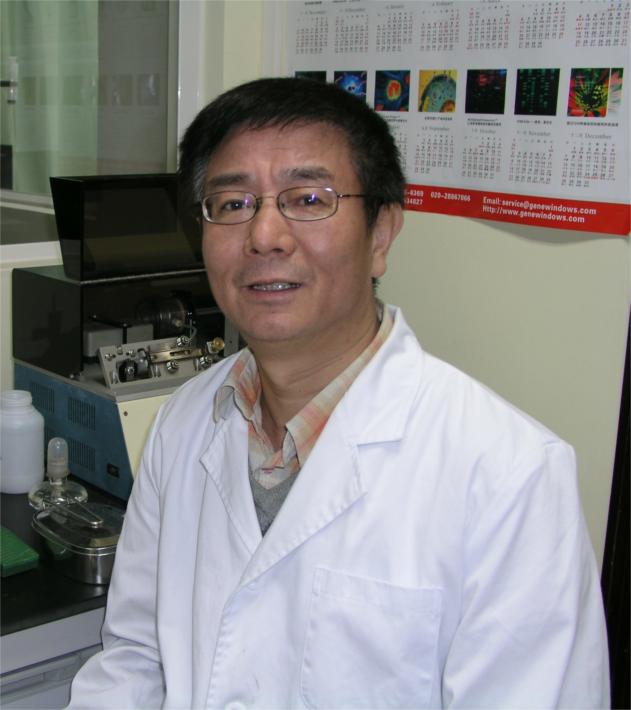**Speaker: Dr. Tianming Gao (Professor, Southern Medical University, China)
**Time: 2013.5.23 2:00pm.
**Venue:Adminstration Building, Room 205
**Brief Introduction:
Major depressive disorder (MDD) is a cause of disability that affects approximately 16% of the world’s population; however, little is known regarding the underlying biology of this disorder. Animal studies, postmortem brain analyses and imaging studies of patients with depression have implicated glial dysfunction in MDD pathophysiology. However, the molecular mechanisms through which astrocytes modulate depressive behaviors are largely uncharacterized. Here, we identified adenosine 5’-triphosphate (ATP) as a key factor that is involved in astrocytic modulation of depressive-like behavior in adult mice. We observed deficient ATP levels in the brains of mice that were susceptible to chronic social defeat. Furthermore, we reported that the administration of ATP induced a rapid antidepressant (AD)-like effect in these mice. Both a lack of inositol 1, 4, 5-trisphosphate receptor type 2 (Ip3r2) and transgenic blockage of vesicular gliotransmission induced deficiencies in astrocytic ATP release, causing depressive-like behaviors that could be rescued via the administration of ATP . Genetically stimulating endogenous ATP release from astrocytes induced AD-like effects in mouse models of depression. Moreover, we found that P2X2 receptors in the medial prefrontal cortex (mPFC) mediated the AD-like effects of ATP.





 Location :
Location : 

